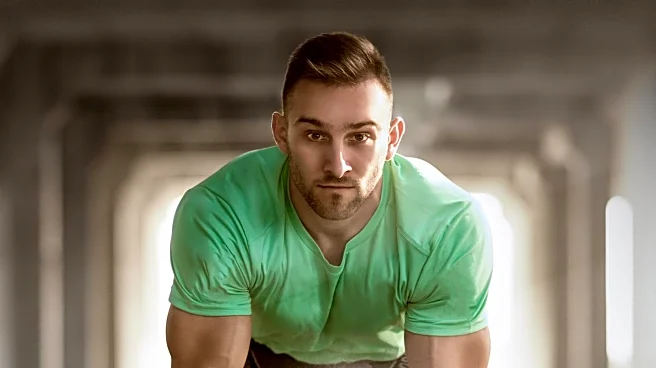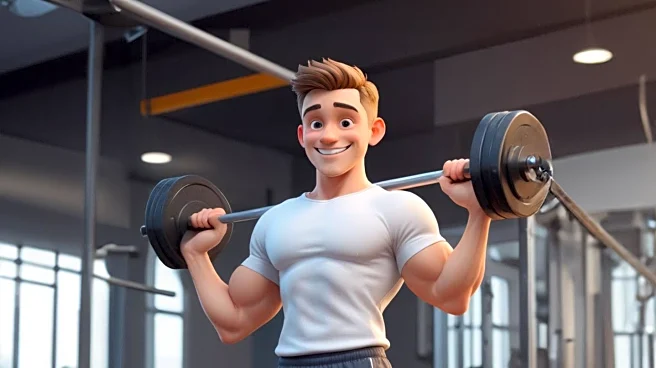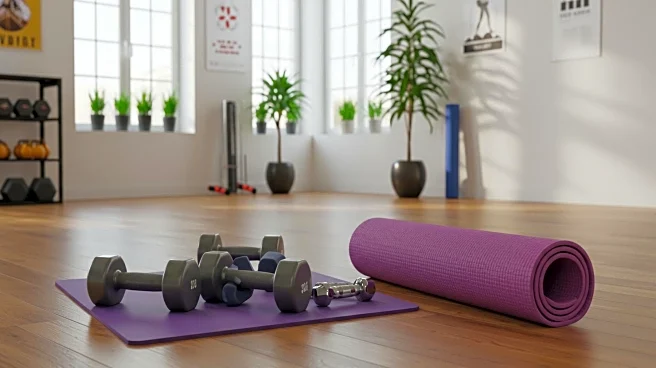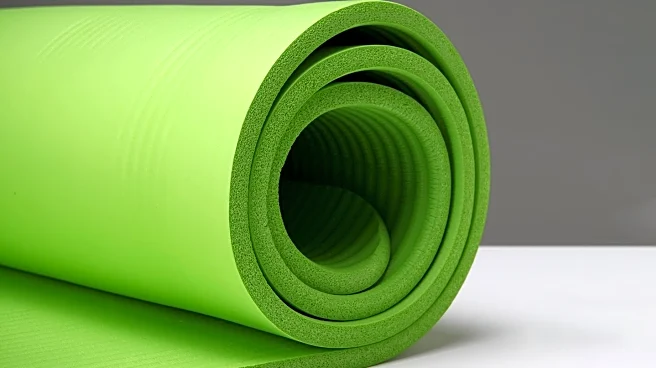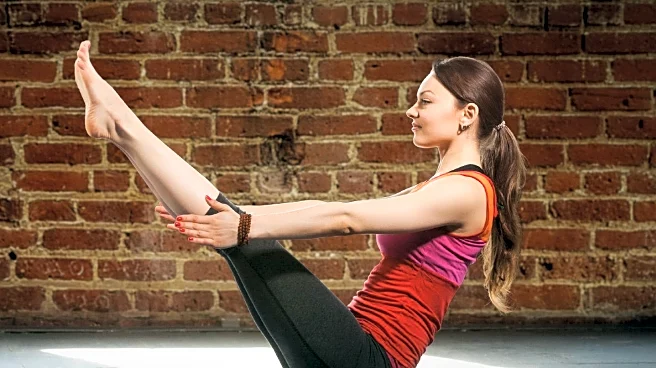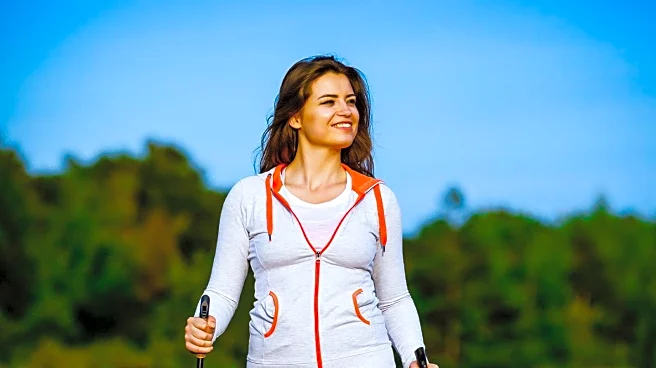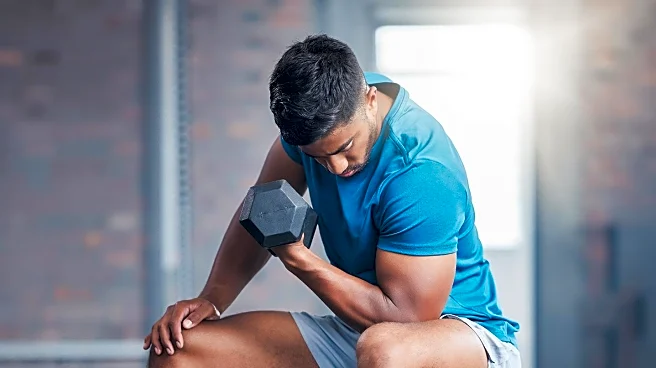What's Happening?
According to a recent report by the Sports and Fitness Industry Association (SFIA), Pilates has emerged as the fastest growing fitness modality in the United States. Participation in Pilates has increased significantly, with numbers rising from 9.2 million in 2019 to 12.9 million, marking a nearly 40 percent growth. This surge in popularity is part of a broader trend where 80 percent of Americans engaged in at least one sport or fitness activity in the past year, the highest level since tracking began in 2008. Pilates is particularly popular among women, who constitute about 70 percent of its participants. The modality is favored for its low-impact nature, making it accessible to various fitness levels and gentle on joints. It can be practiced in studios using reformers or at home with wall or mat exercises, focusing on core muscle engagement and building muscular endurance.
Why It's Important?
The growing popularity of Pilates reflects a shift in fitness preferences towards activities that offer comprehensive health benefits without high-impact stress on the body. This trend could influence the fitness industry by increasing demand for Pilates instructors and studios, potentially leading to more investment in Pilates-related facilities and equipment. The modality's focus on core strength, flexibility, and mobility aligns with broader health and wellness goals, appealing to a demographic seeking sustainable and effective exercise routines. As more people adopt Pilates, it may contribute to improved public health outcomes, particularly in reducing joint-related injuries and enhancing overall physical fitness.
What's Next?
As Pilates continues to gain traction, fitness centers and studios may expand their offerings to accommodate the growing interest. This could include more classes, specialized equipment, and training programs for instructors. Additionally, the fitness industry might see increased innovation in Pilates-related products and services, such as online classes and virtual training sessions. The trend may also prompt further research into the health benefits of Pilates, potentially influencing public health recommendations and fitness guidelines.
Beyond the Headlines
The rise of Pilates could have cultural implications, as it promotes a holistic approach to fitness that emphasizes mental well-being alongside physical health. This shift may encourage a broader acceptance of diverse fitness modalities that prioritize long-term health over short-term gains. Furthermore, the increased participation in Pilates might inspire other low-impact exercises to gain popularity, fostering a more inclusive and accessible fitness culture.


